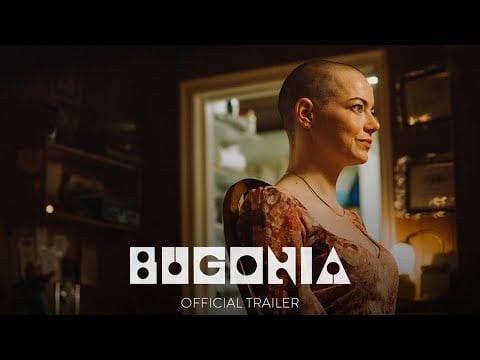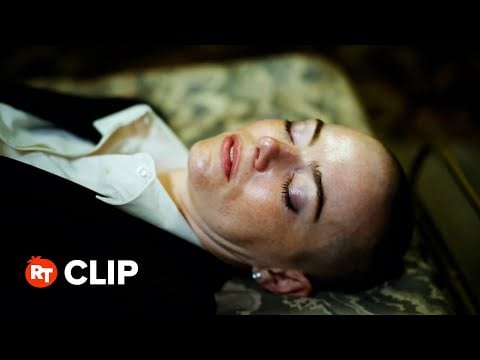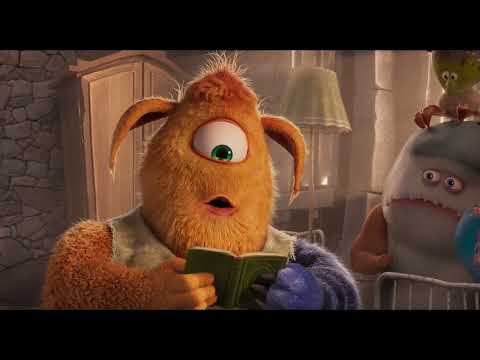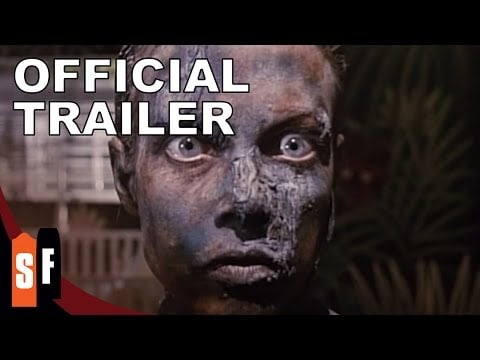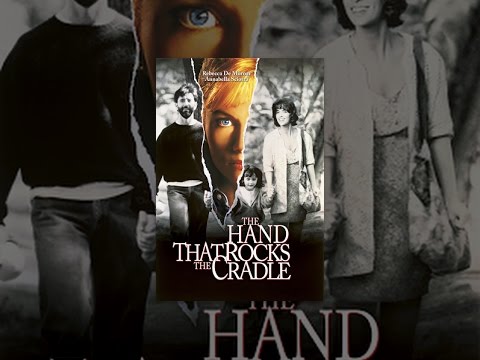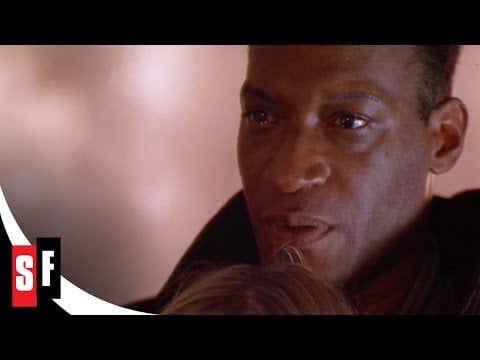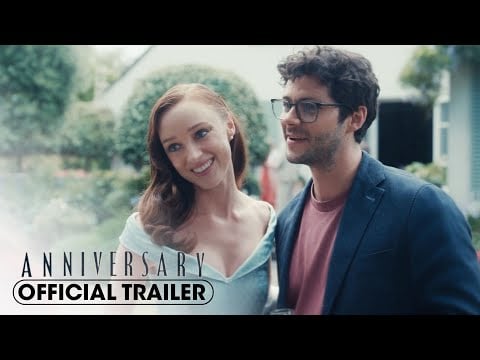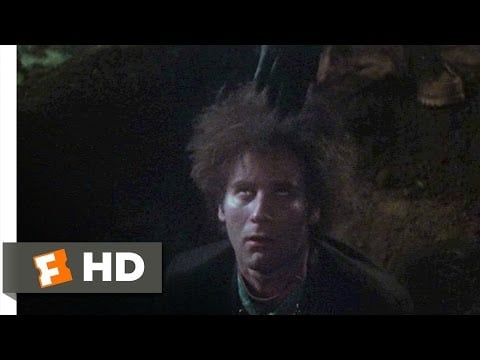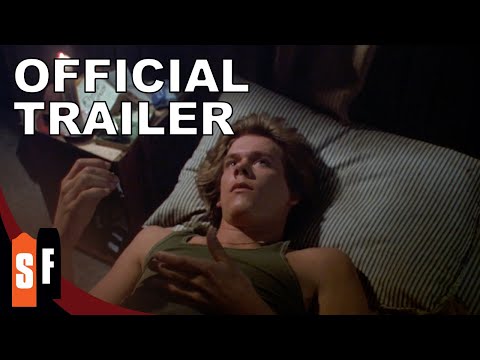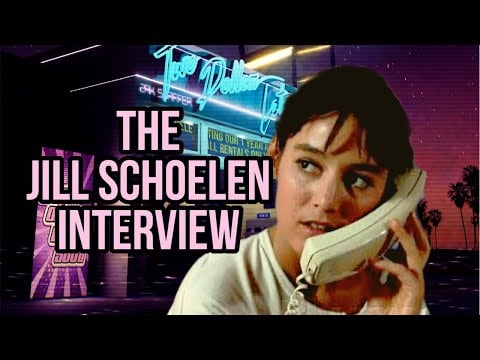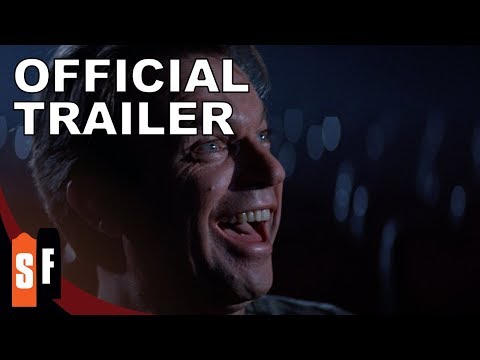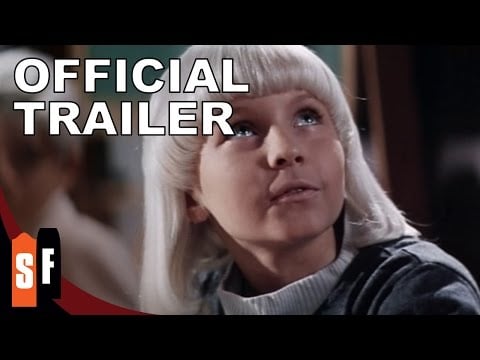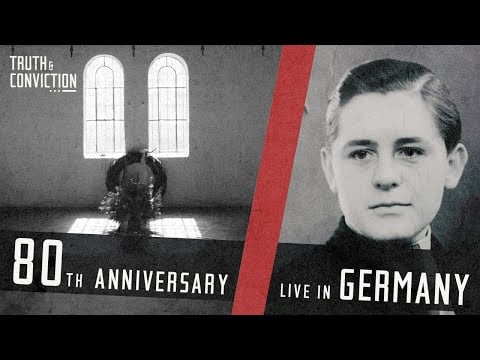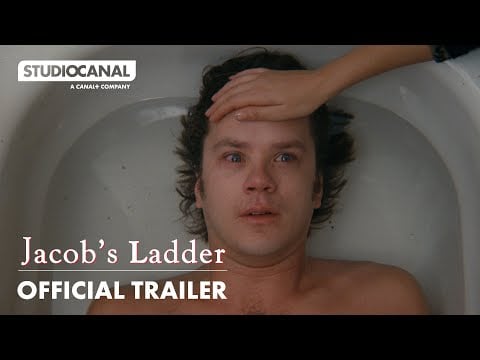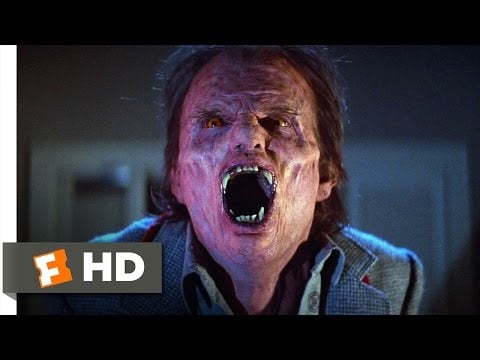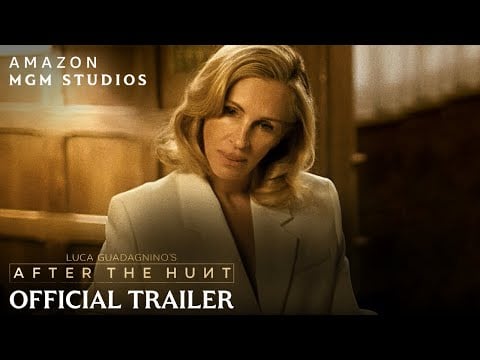Ralph S. Singleton’s “Graveyard Shift” (1990) is the odd duck Stephen King film that was released in a banner year for King adaptations.
Singleton, a veteran television producer marking the one film he directed for the big screen, made a lively, memorably off-putting stinker. Naturally, it has a cult following and was released in a wonderful special edition from the Scream Factory, but seriously, have you seen this thing?

David Andrews (arguably best known for playing Claire Danes’ high-ranking military dad in “T3: Rise of the Machines”) plays John Hall, a newcomer to Gates Falls, Maine. Hall is hired to do grunt and cleanup work at the Bachman Mills (attention King fans, this is the bit where you trip over yourselves explaining that reference to the newbies).
Turns out the mill isn’t just infested with rats but also has unexplored hidden layers where the vermin are the size of polar bears.
“Graveyard Shift” is gross for reasons that aren’t always intentional. Yes, it’s gory, and those rodents look like they’re carrying at least three plagues. Yet, it’s the look of the film itself that has stayed with me the most.
I’ve never been to Maine but suspect it’s far more beautiful than the rundown, fading, rusty, dusty, unsanitary grease pile we get here. Likewise, the actors appear drenched in sweat and grime in every scene, as though there are no working showers in Gates Falls.
If Singleton has a single visual aesthetic here, it’s zero hygiene.
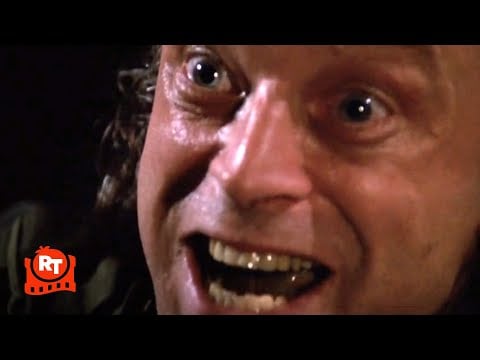
The funny thing about filming rats is that, unless you get a shot of their long, swooping tales, any close-up shot is going to make them look cute. I hate the opening scene, with the rats fooling an unkind mill worker into falling into a machine and providing them with a blood feast.
However, if you have an appetite for so-bad-it’s-good cinema, take a look at how the rodents are filmed: the music is telling you these are little monsters with murder on their minds, but the imagery is informing us that these adorable little critters would love some cheese.
The entire film is like the prologue – full of grimy visuals and “creepy” music, but this could have easily been edited into a comedy.
RELATED: STEPHEN KING’S CAT’S EYE – WHEN AUTHOR RULED POP CULTURE
On the plus side, you have Brad Dourif in an extended cameo as an exterminator. Dourif did this the same year as his (no joke) Oscar-worthy, movie-stealing turn as The Gemini Killer in “The Exorcist III.” This is that era where any film that featured Dourif, Christopher Walken or Rutger Hauer was worth seeing once, no matter how bad.
Some character actors do their job, clock in and out and give only what is needed. Others, like Dourif, leave teeth marks in their scenes and make you wish they were playing the film’s focal point and not just a side figure.
Dourif was a horror genre MVP during this period, particularly for playing the voice of Chucky in the “Child’s Play” franchise but really, anything he does is worth seeing.
Even “Graveyard Shift.”
What did you learn from GRAVEYARD SHIFT (1990)? pic.twitter.com/rVPBJZ2UXe
— Steve Hutchison (@terrorca) June 5, 2024
Another disadvantage I have in writing about “Graveyard Shift” and having never been to Maine is discerning what to make of the accents; whereas the late, great Fred Gwynne’s Maine accent in “Pet Sematary” (1989) is highly regarded (“It’s that damn ruhd. It uses up lots of animals…cats and dogs mostly”), I suspect the verbal gymnastics heard in this movie would not be considered accurate or anything less than cartoonish.
At one point, a character references “Star Search,” the early televised equivalent of “American Idol,” as “stahh serge.”
For the record, I’d happily watch an entire Maine-set season of “stahh serge.”
“Stephen King’s Graveyard Shift” is the film’s full title and the reason why it was able to scrape out the # 1 spot in the box office for a single weekend, before it quickly made its way to video store shelves and cult fandom. Premiering late in 1990, the film seemed like an event after the trailer and poster arrived, and not because King’s 1970 short story is especially popular (though it is disturbing and does the trick of scaring the reader with only a few pages).
The true reason why anyone would buy a ticket for this underwhelming horror fantasy is because it came right before the highly publicized lead up to the ratings success, audience adored and Tim Curry-induced scarring for life that was the ABC miniseries of “Stephen King’s IT.”
A few weeks later came Rob Reiner’s “Misery,” the first King adaptation to win a Best Actress Oscar. “Graveyard Shift” seemed like the opening act for a hit fall season of King adaptations. After seeing it once, most horror fans dismissed it and set their sights on Pennywise the Clown and Annie Wilkes.
Whether one digs the efforts of the cast or the failures of their dialect coach, the movie belongs to Dourif and Stephen Macht as the villainous Warwick. Macht’s work in this especially impresses me because I met him at San Diego Comic Con in 2007, where he was on a panel for his performance as the kind but stern detective father in “The Monster Squad” (1987).
I didn’t recognize that Macht was in this until someone pointed it out to me years later.
The other factor making this a guilty pleasure is the tune that plays over the end credits, one of those early ’90s electronica mash ups where a catchy beat and dialogue sound bites create something resembling a “song.”
I love this closing touch, which allows audiences to walk away to a cool groove, set to those overdone Maine accents, giving us a tune that wouldn’t make the final cut of “stahh serge.”
The post Stephen King’s ‘Graveyard Shift’ Saved by Genre Fave appeared first on Hollywood in Toto.
from Movies - Hollywood in Toto https://ift.tt/rCiuOMQ

